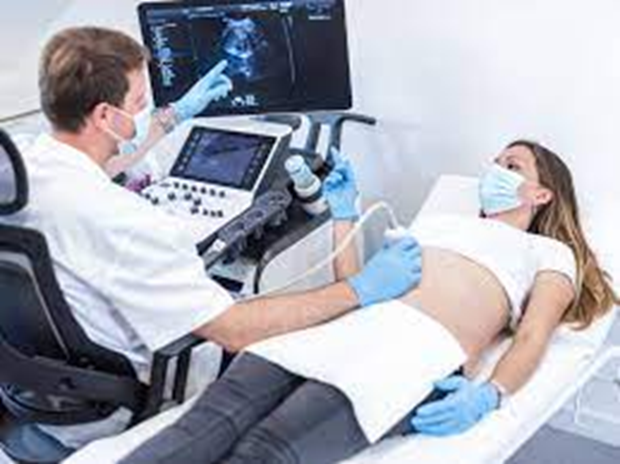A nurse is caring for a client who reports itching 30 min after receiving a newly prescribed medication. Which of the following data should the nurse document in the client's medical record?
Client is itching from medication.
Client states, "I started to itch after taking that medication.".
It appears that the client has a rash from the medication.
Rash from medication noted.
The Correct Answer is B
The correct answer is choice B. Client states, "I started to itch after taking that medication."
Choice A rationale:
"Client is itching from medication." This statement is not a comprehensive description of the situation and lacks specific information. It doesn't provide any context about when the itching occurred or the client's own observation.
Choice B rationale:
"Client states, 'I started to itch after taking that medication.'" This choice is the correct answer because it accurately documents the client's own statement about the itching and the timing in relation to taking the medication. It includes a direct quote, which helps in maintaining accurate and patient-centered documentation.
Choice C rationale:
"It appears that the client has a rash from the medication." This statement includes an assumption and subjective language ("It appears"), which can be misleading in documentation. It's essential to provide factual and objective information in medical records.
Choice D rationale:
"Rash from medication noted." This choice lacks detail and doesn't capture the client's perspective or the timing of the symptom. It's important to include the client's statement and the time frame in which the symptom occurred.
Nursing Test Bank
Naxlex Comprehensive Predictor Exams
Related Questions
Correct Answer is A
Explanation
The correct answer is choice A. Perform a bladder scan.
Choice A rationale:
Performing a bladder scan is the first action the nurse should take before proceeding with intermittent urinary catheterization. A bladder scan assesses the bladder's volume and determines if catheterization is necessary. It helps avoid unnecessary catheterizations, reduces the risk of infection, and promotes patient comfort.

Choice B rationale:
While cleansing the meatus and providing perineal care are important steps in preparing for urinary catheterization, they come after assessing the need for catheterization. Without knowing the bladder volume, these actions could be premature.
Choice C rationale:
Providing perineal care is important for maintaining hygiene and preventing infection, but it should be done after the decision for catheterization has been made based on the bladder scan results.
Choice D rationale:
Lubricating the catheter is a step that should be taken after the decision for catheterization is made and the need for catheterization is confirmed. It helps ease the insertion process and reduce discomfort for the patient.
Correct Answer is B
Explanation
The correct answer is choice B: A client who has measles.
Choice A rationale:
Airborne precautions are indicated for diseases that spread via small particles suspended in the air, such as droplets or dust particles that remain in the air for prolonged periods. Pneumonia is primarily spread through larger respiratory droplets and is not considered an airborne disease. Therefore, airborne precautions are not necessary for a client with pneumonia.
Choice B rationale:
Measles is a highly contagious airborne disease caused by the measles virus. It is transmitted through respiratory droplets and can remain in the air for an extended period. Initiating airborne precautions, such as wearing an N95 respirator mask and placing the client in a negative pressure isolation room, is crucial to prevent the spread of measles to healthcare workers and other patients.
Choice C rationale:
Pertussis (whooping cough) is primarily spread through respiratory droplets, similar to pneumonia. While it is a serious bacterial infection, it is not classified as an airborne disease. Thus, airborne precautions are not required for a client with pertussis.
Choice D rationale:
Methicillin-resistant Staphylococcus aureus (MRSA) is mainly spread through direct contact with contaminated surfaces or individuals. Airborne precautions are not necessary for MRSA, as it is not transmitted through the air. Standard precautions, including wearing gloves and gowns, are typically sufficient when caring for a client with MRSA.
Whether you are a student looking to ace your exams or a practicing nurse seeking to enhance your expertise , our nursing education contents will empower you with the confidence and competence to make a difference in the lives of patients and become a respected leader in the healthcare field.
Visit Naxlex, invest in your future and unlock endless possibilities with our unparalleled nursing education contents today
Report Wrong Answer on the Current Question
Do you disagree with the answer? If yes, what is your expected answer? Explain.
Kindly be descriptive with the issue you are facing.
